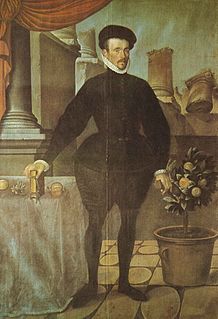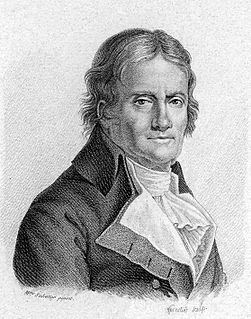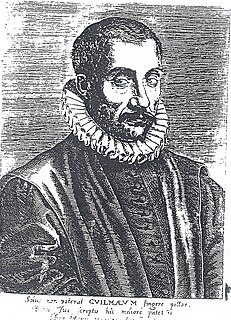
Laurent Joubert (16 December 1529, Dauphiné, France - 21 October 1582, near Montpellier, France) was a French physician. He travelled to Montpellier at the age of 21 to study medicine, and became a student of Guillaume Rondelet, the chancellor of the Medical Faculty at the University of Montpellier. Soon after Rondelet's death in 1556, Joubert succeeded him as chancellor. He was later summoned by Catherine de' Medici, the queen consort of France, to be her personal physician. Joubert went on to become one of the physicians to Henry III of France. Joubert was married to Louise Guichard, the sister of the doctor to the King of Navarre. [1]

The Dauphiné or Dauphiné Viennois, formerly Dauphiny in English, is a former province in southeastern France, whose area roughly corresponded to that of the present departments of Isère, Drôme, and Hautes-Alpes. The Dauphiné was originally the County of Albon.

Montpellier is a city near the south coast of France on the Mediterranean Sea. It is the capital of the Hérault department. It is located in the Occitanie region. In 2016, 607,896 people lived in the urban area and 281,613 in the city itself. Nearly one third of the population are students from three universities and from three higher education institutions that are outside the university framework in the city.

Guillaume Rondelet, known also as Rondeletus (Rondeletius), was Regius professor of medicine at the University of Montpellier in southern France and Chancellor of the University between 1556 and his death in 1566. He achieved renown as an anatomist and a naturalist with a particular interest in botany and zoology. His major work was a lengthy treatise on marine animals, which took two years to write and became a standard reference work for about a century afterwards, but his lasting impact lay in his education of a roster of star pupils who became leading figures in the world of late-16th century science.














